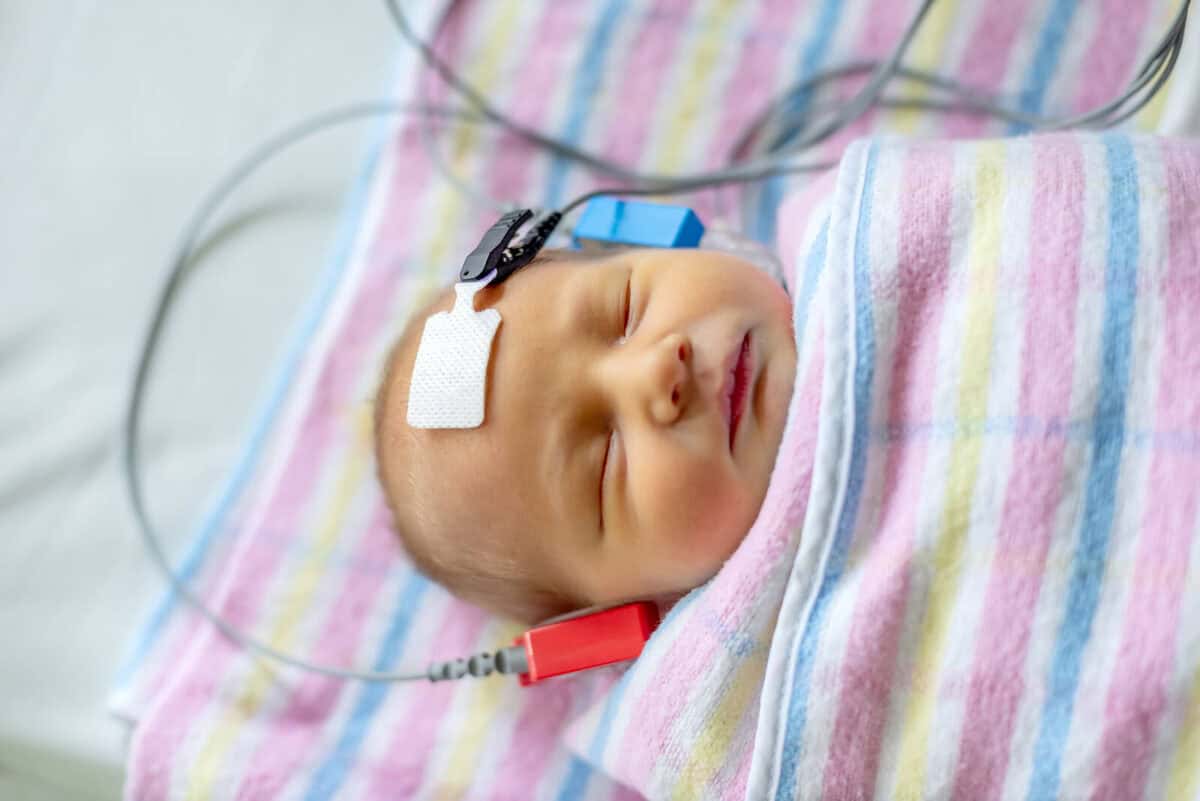- Questions to Ask During Your Hearing Health Appointment - May 16, 2025
- Exploring Alternative Therapies for Hearing Loss - May 6, 2025
- Why Rechargeable Hearing Aids Are Changing the Game for Users - April 27, 2025
Auditory Neuropathy Spectrum Disorder (ANSD) is a unique condition affecting how sound is transmitted from the inner ear to the brain. Unlike other types of hearing loss, ANSD disrupts the nerve signals that carry auditory information, leading to challenges in understanding speech, especially in noisy environments. While individuals with ANSD may have normal cochlear function, the communication between the inner ear and the brainstem is impaired. This distinction makes early and accurate diagnosis important for effective management.
What is an Auditory Brainstem Response Test?
The Auditory Brainstem Response (ABR) test is a specialized hearing health exam that measures the electrical activity of the auditory nerve and brainstem in response to sound. This test is non-invasive, painless, and highly reliable. During the procedure, electrodes are placed on the scalp and earlobes to detect these signals while the patient is exposed to a series of clicking or tone-burst sounds. ABR is critical in assessing auditory pathways and detecting abnormalities that might not appear during standard hearing tests.
How ABR Identifies Auditory Neuropathy Spectrum Disorder
In patients with ANSD, the ABR test often shows a distinct pattern. While otoacoustic emissions (OAEs) may indicate normal cochlear function, the ABR test reveals poor or absent neural responses. This discrepancy helps hearing health professionals pinpoint the presence of ANSD. ABR testing evaluates the timing and strength of neural signals traveling from the auditory nerve to the brainstem, allowing clinicians to differentiate ANSD from other forms of hearing loss.
The Importance of Early Diagnosis
Identifying ANSD early is necessary for developing an effective treatment plan. Children with ANSD often struggle with speech development due to the condition’s impact on auditory processing. An ABR test can be administered to newborns and young children who cannot reliably respond to behavioral hearing tests. Early detection through ABR testing ensures that appropriate interventions, such as hearing aids, cochlear implants, or alternative communication strategies, can be introduced promptly to support language development.
ABR Testing in a Comprehensive Hearing Health Exam
Incorporating ABR into a hearing health exam offers a thorough evaluation of the auditory system. Unlike traditional hearing tests that rely on subjective responses, ABR provides objective data about neural function. This makes it a valuable tool for diagnosing ANSD and other auditory conditions, such as retro cochlear pathologies. Patients experiencing unexplained hearing difficulties can benefit significantly from an ABR test as part of their overall hearing evaluation.
Managing Hearing Loss in Patients with ANSD
Once ANSD is identified, the focus shifts to managing hearing loss and improving communication. Treatment plans are highly individualized, considering the patient’s age, degree of hearing impairment, and specific challenges with speech perception. For some individuals, amplification with hearing aids may enhance auditory input, while others may find more significant benefit from cochlear implants, which directly stimulate the auditory nerve. Speech therapy and auditory training can also play critical roles in helping patients maximize their communication abilities.
Contact us today for more information or to schedule an appointment.

